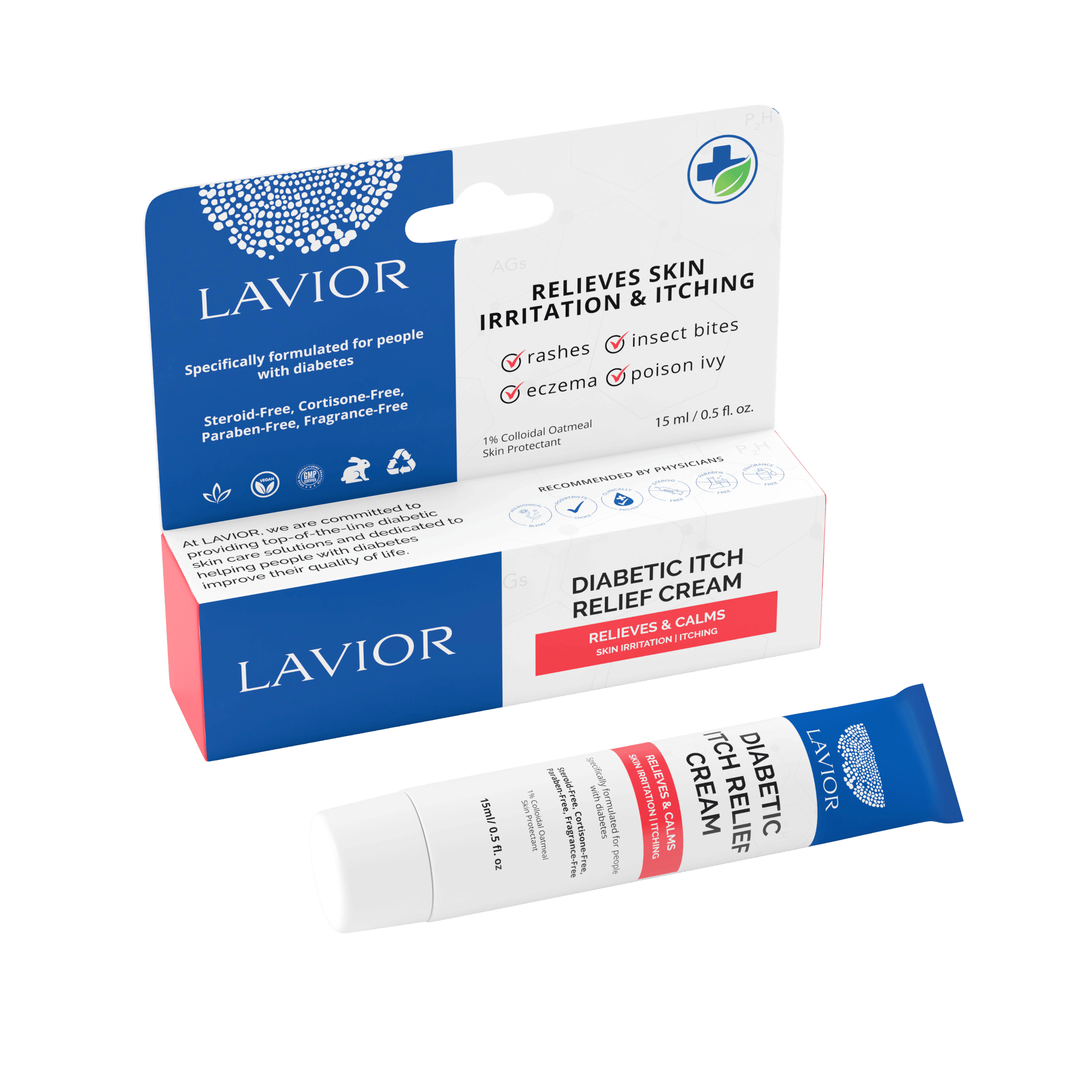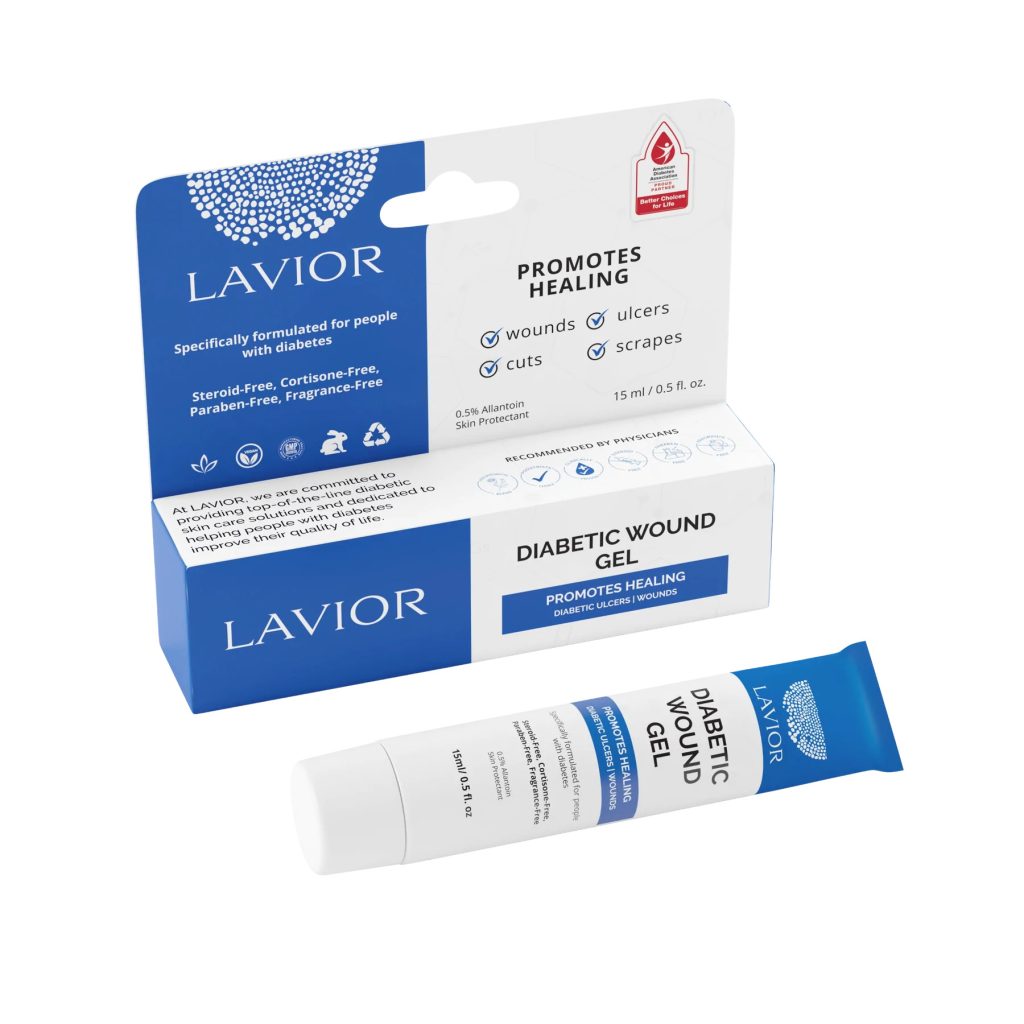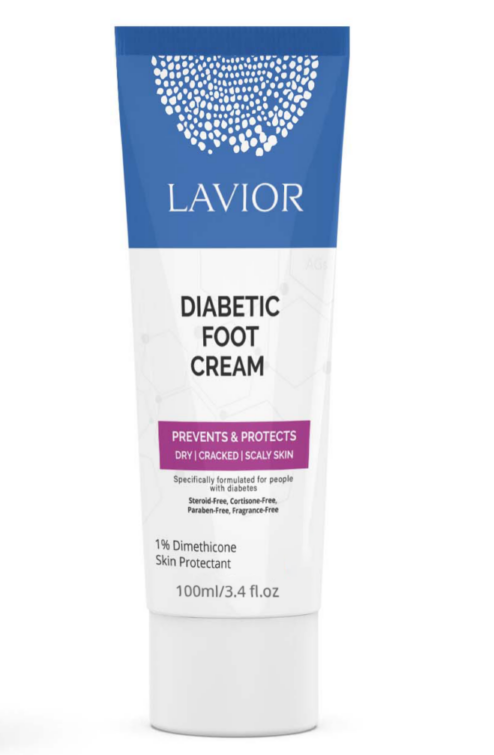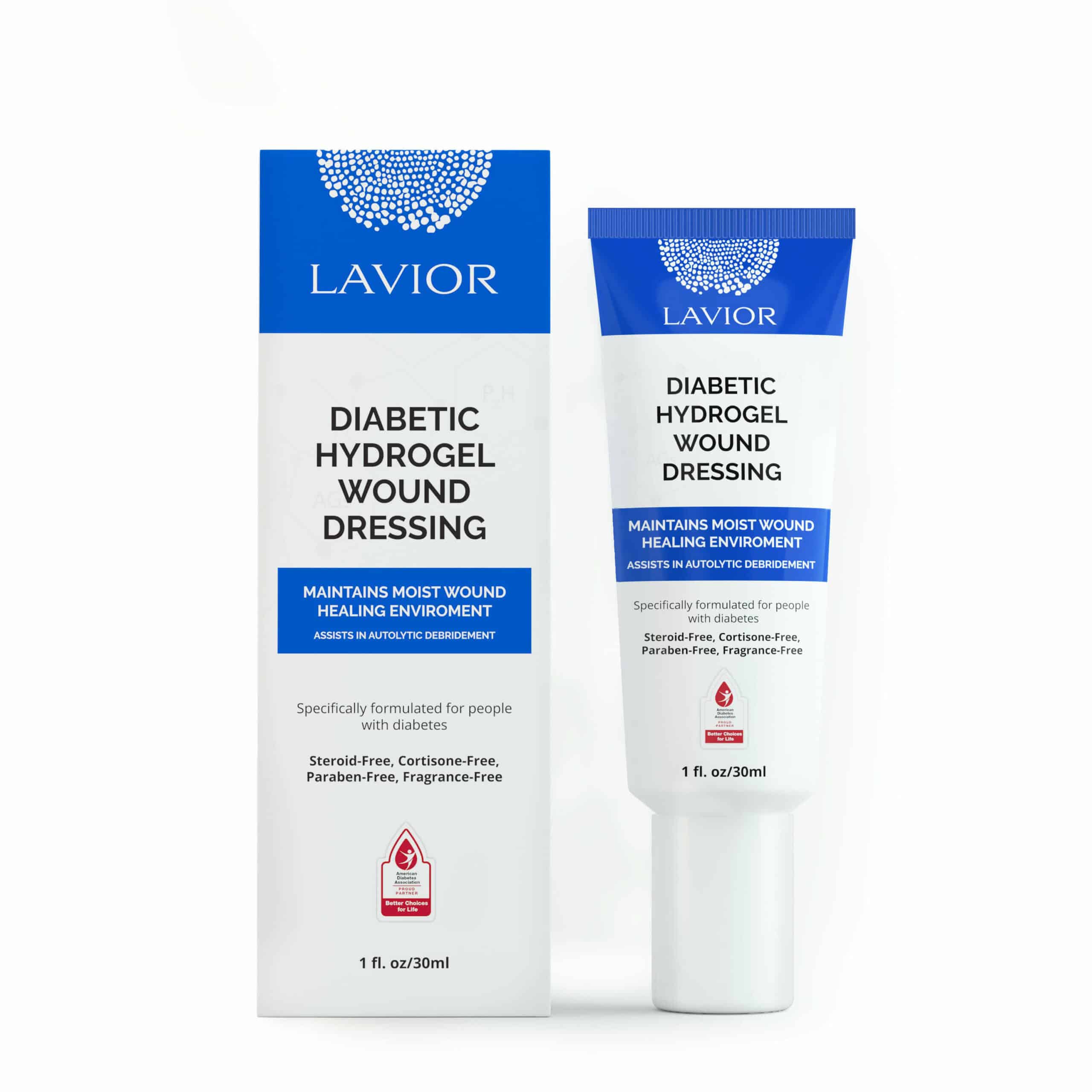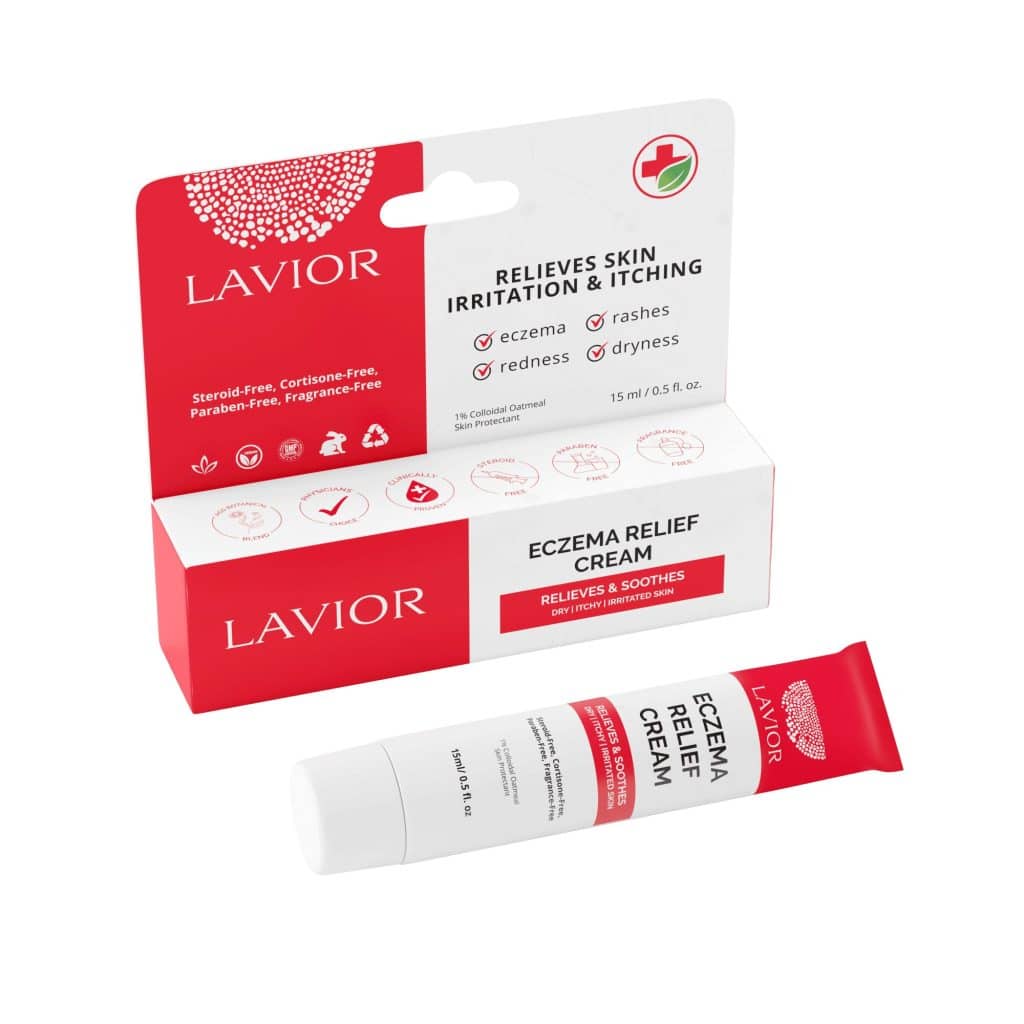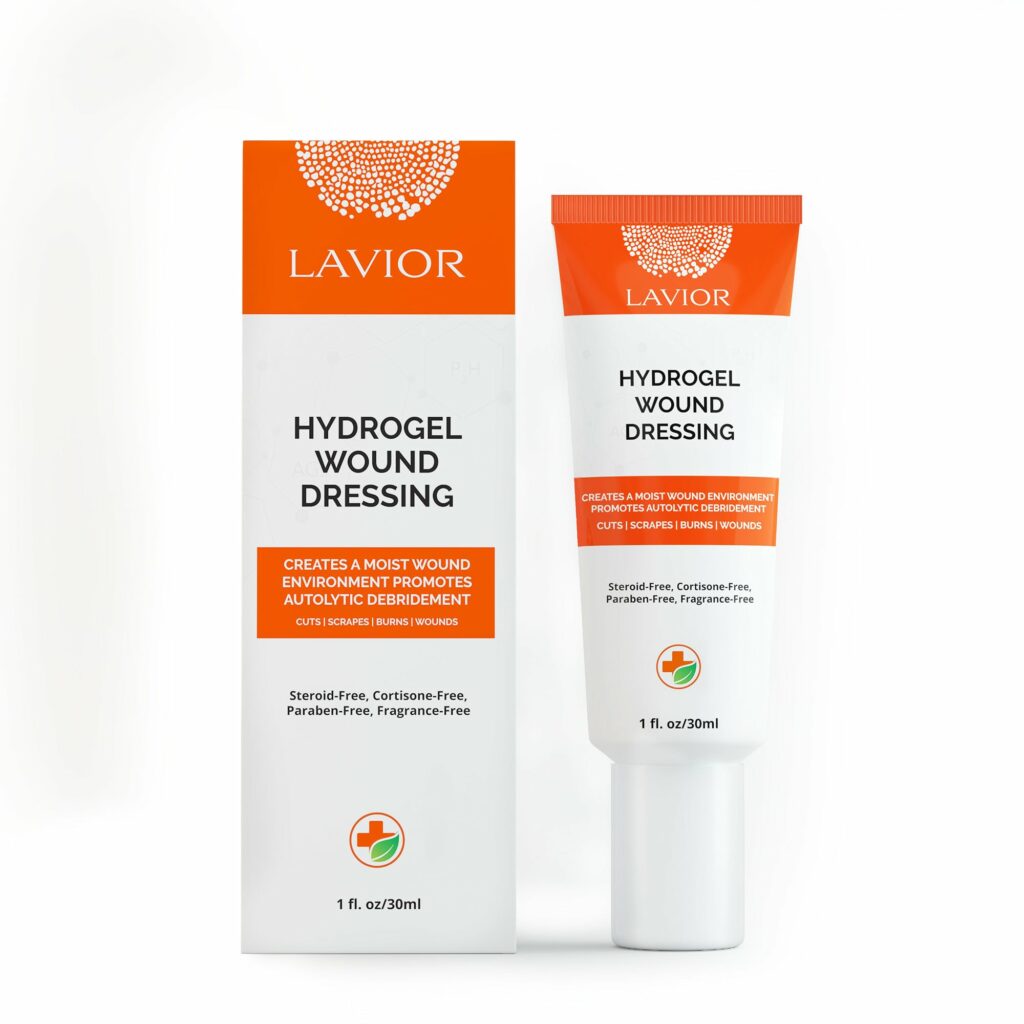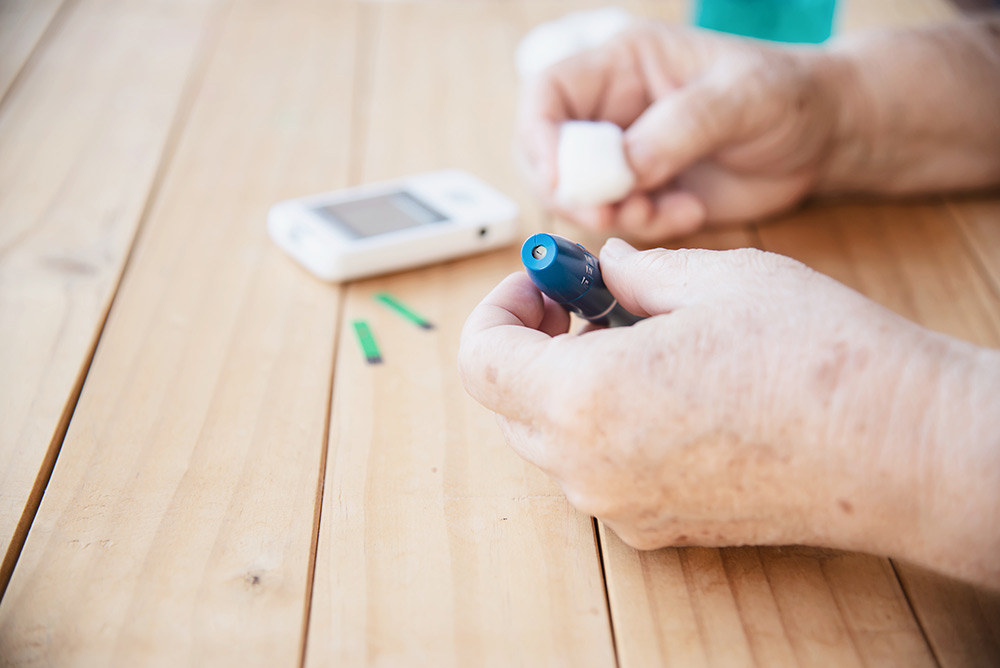Understanding the Threat: The Cause of Diabetic Wounds
Diabetic wound care affects millions living with diabetes, the threat of developing wounds looms large. Unlike ordinary cuts and scrapes, these wounds struggle to heal due to the complications diabetes imposes on the body. Poor blood circulation and impaired nerve function, both consequences of high blood sugar levels, create fertile ground for wounds to fester and potentially lead to serious health issues.
The Root Cause: How Diabetes Creates Wounds
Understanding the root cause of diabetic wounds is key to preventing them and promoting healing. Diabetes disrupts the body’s ability to utilize insulin, a hormone crucial for converting sugar into energy. This leads to elevated blood sugar levels, which, over time, damage blood vessels and nerves, particularly in the vulnerable feet. Reduced blood flow and diminished sensation make it difficult for wounds to heal and for individuals to notice injuries.
The Key to Healing: Maintaining Healthy Blood Sugar Levels
Maintaining healthy blood sugar levels is the key to successfully navigating the path to healing. Embracing a balanced diet, integrating regular exercise into your routine, and adhering to prescribed medications work in concert to keep blood sugar within a healthy range. This prevents new wounds from forming and empowers existing wounds to heal faster.
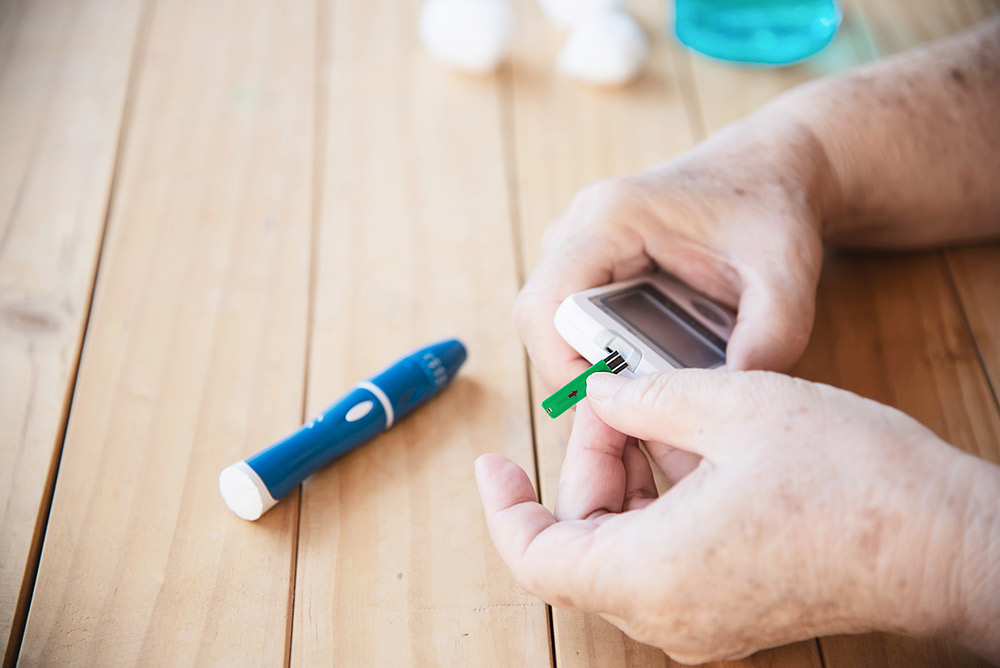
Essential Diabetic Wound Care: Protecting and Promoting Healing
Once a diabetic wound arises, proper care becomes essential to prevent further complications. Here are the key steps:
- Cleaning: Gently clean the wound with mild soap and warm water, followed by thorough rinsing and drying at least once daily. Avoid harsh chemicals and irritants.
- Dressing: Protect the wound from bacteria and debris with a sterile bandage. Change dressings regularly, ensuring optimal hygiene. Choose dressings that maintain a moist environment, such as hydrocolloids or hydrogels, to promote faster healing.
- Pressure Offloading: Avoid putting pressure on the affected area. Special shoes or casts can be used to achieve this. Elevate the wound above your heart using pillows or cushions to further enhance healing by promoting better blood flow.
Monitoring and Early Intervention: Your Crucial Role
Self-monitoring and immediate action are just as important as proper wound care. Closely observe the wound for any signs of infection, such as redness, swelling, warmth, increased pain, pus, or foul odor. If you notice even the slightest suspicion of infection, seek prompt medical attention to prevent further harm.
Professional Guidance: Regular Foot Examinations
Regular foot examinations by a healthcare professional are invaluable for individuals with diabetes. These examinations allow early detection of potential wounds, enabling intervention before complications arise. The healthcare professional can also provide personalized recommendations for wound care and prevention strategies tailored to your specific needs.
Preventing Diabetic Wounds: Simple Steps for Optimal Foot Health
Remember, prevention is always the best medicine. Here are some simple yet effective steps you can take to prevent diabetic wounds:
- Conduct daily foot inspections.
- Wash and dry your feet meticulously.
- Wear properly fitting shoes that provide good support and protection.
- Avoid walking barefoot, especially in extreme temperatures.
- Trim your toenails regularly and carefully.
- Quit smoking, as it can further impair blood circulation.
Embracing Healthy Habits and Navigating Diabetic Wounds
By maintaining healthy blood sugar levels through diet, exercise, and medication, practicing proper wound care as outlined in the Diabetic Wound Care guide, and embracing a healthy lifestyle, individuals with diabetes can confidently navigate the path to healing and live a fulfilling life. Remember, early detection, proactive care, and a commitment to healthy living are your allies in the fight against diabetic wounds.



